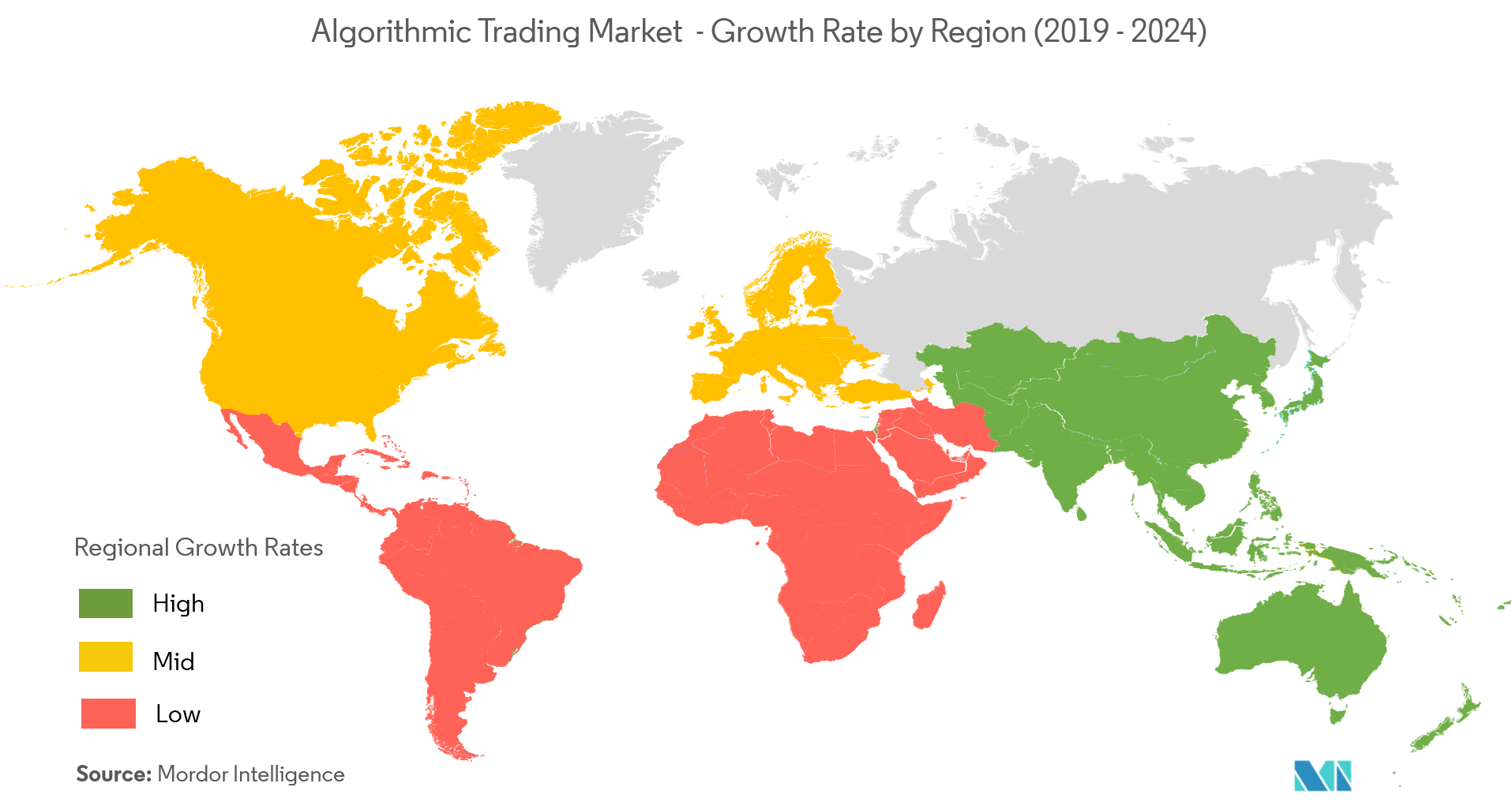
The COVID-19 virus outbreak has driven high volatility in financial markets worldwide. Some of the biggest volatility were seen in technology stocks. Unlike North America and Europe, markets in Asia are highly fragmented and traders often struggle to effectively hedge their positions. For example, critical supply chains of semiconductors are listed separately in Taipei, Tokyo and Seoul.
In March 2020, Taiwan will introduce continuous trading in its cash market. Given the potential scale of the virus outbreak, the uneven way manufacturing hubs may be shut down and re-opened, could generate ample opportunities for derivatives investors. Meanwhile, quicker and more accurate prices for the increasing number of closely related or identical products are fostering increased arbitrage trading and high frequency trading (HFT).
Arbitrage is also seen by the increasing availability of ETFs on different markets that track similar underlying assets and themes. More and more HFT activity is also perceived in the trading of derivatives tracking commodities such as oil and metals. The greater availability of continuous trading, richer data feeds, arbitrage-able products, faster trading systems, and competitive and easy market access on the ground has convinced major global hedge funds to expand their footprints in Asia.
HFT_auto1
Improving Asian Market Data Attracts New Traders
High-frequency trading practices transform the financial markets in the Asia Pacific Region